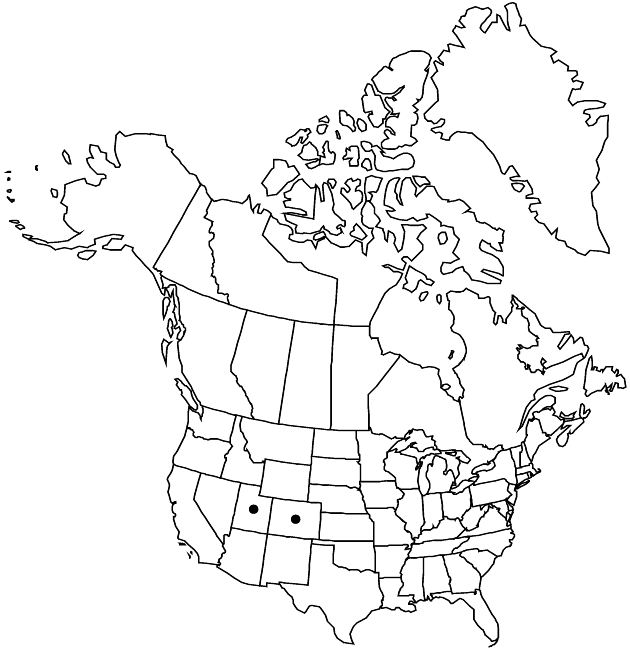Rudbeckia montana
Proc. Amer. Acad. Arts 17: 217. 1882.
Perennials, to 150 cm (rhizomes stout, plants not colonial, roots fibrous). Leaves greenish blue (± glaucous), blades elliptic to ovate, usually pinnatifid to pinnately lobed (lobes mostly opposite, ovate to elliptic), ± leathery, bases attenuate to cuneate, ultimate margins entire or coarsely dentate, apices acute, faces usually glabrous, sometimes sparsely hairy (at least abaxially on veins); basal petiolate, 17–60 × 10–25 cm; cauline petiolate or sessile, 8–30 × 5–20 cm (blades among heads not lobed). Heads borne singly or in ± corymbiform arrays. Phyllaries to 4 cm (margins sometimes ciliate, apices attenuate). Receptacles ovoid to conic; paleae (proximally transparent to light brown, distally greenish) 5–8 mm, apices acute to ± rounded, abaxial tips hairy. Ray florets 0. Discs 20–60 × 12–30 mm. Disc florets 200–500+; corollas maroon proximally, greenish distally, 4–5 mm; style branches ca. 1.5 mm, apices acute to rounded. Cypselae 5.2–7 mm; pappi coroniform, to 1.8 mm. 2n = 36.
Phenology: Flowering summer.
Habitat: Hillside seeps, streams
Elevation: 2400–2800 m
Discussion
Selected References
None.
